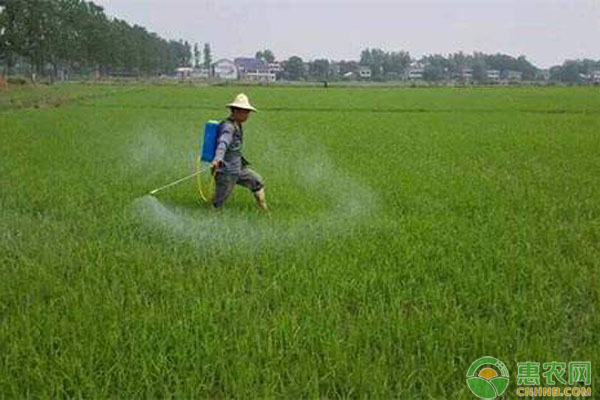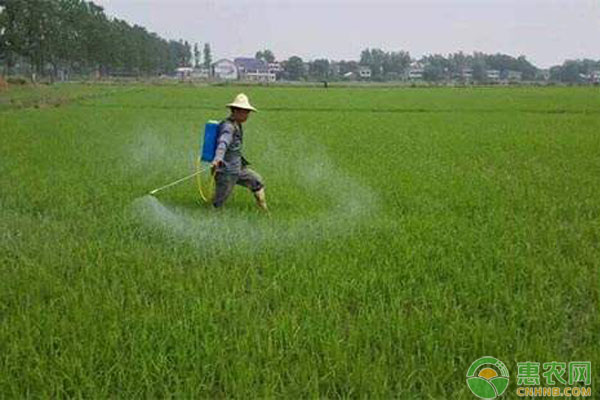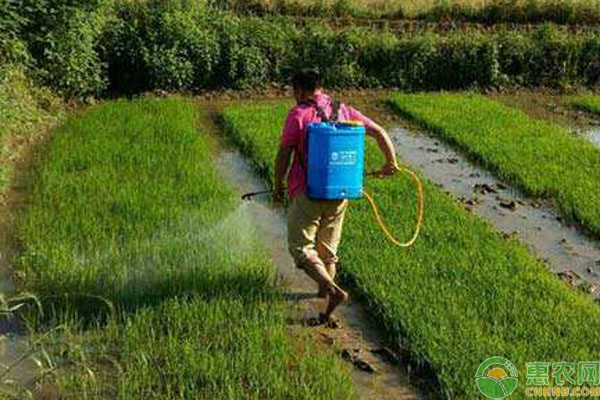Sodium dimethyltetrachloride is a phenoxyacetic acid selective hormone herbicide, and is also commonly used in the production of grass crops to control broadleaf weeds and the like. It is safe for wheat crops such as wheat and its corn, but it usually affects control when used at low temperatures, and is even prone to phytotoxicity. If the rice is used improperly, or when the concentration is high, phytotoxicity may occur. So how to use it correctly?

Rice sodium tetrachlorochloride use time
A large number of experimental studies have shown that sodium dimethyltetrachloride is sensitive to seedlings of rice and other grass crops, and resistance begins to increase after 3-4 leaf stage, and reaches the strongest at the peak to the end of the tillering stage, and the sensitivity increases to the stage of panicle differentiation.
Therefore, rice application should avoid the seedling stage and the panicle differentiation stage, and it is usually appropriate to use the rice tillering period until the jointing stage.
Standard dosage of sodium dimethyltetrachloride in rice
Generally, 50% of sodium methoxide is used in rice, 50-100 grams of sodium chlorotetrachloride, and broadleaf weeds such as ragweed, wild sage, rainy flowers, mozzarella, cloves, or sedge, water sedge, or ying The 2-3 sedge weeds in the 2-3 leaf stage were better.
However, in recent years, it has been widely used with sodium dimethyltetrachloride. In some areas, the resistance to sodium dimethyltetrachloride has increased. In order to expand the spectrum of herbicides and improve the control effect, the current production uses sodium dimethyltetrachloride more than bentazone or chlorpyrifos. Mix with agents such as oxadiazon.
Not only reduces the amount of sodium dimethyltetrachloride, avoids phytotoxicity, but also improves weed control, but because dimethyltetrachloride is a selective hormonal herbicide, it is especially susceptible to medicinal damage to dicotyledonous crops.

Therefore, you should pay attention to the following points when using:
1. Spraying sodium dimethyltetrachloride herbicide should be used alone, to avoid phytotoxicity caused by improper cleaning after application.
2, sodium dimethyltetrachloride is sensitive to dicotyledonous crops. When spraying, avoid dicotyledonous crops, and choose to apply in windless weather to avoid medicinal damage.
3, sodium dimethyltetrachloride should pay attention to avoid sensitive fertility application, while controlling the dose, to avoid excessive dosage, or uneven concentration of spraying, causing phytotoxicity.
4, sodium dimethyltetrachloride has antagonistic effects on some grassy herbicides such as cyhalofop, oxazolamide, etc., should not be mixed at will, to avoid affecting the efficacy of the drug.
In short, sodium dimethyltetrachloride should be used according to the local weed resistance, timely and appropriate scientific use, reasonable mixing, to prevent phytotoxicity and improve control.

The above is the introduction of sodium dimethyltetrachloride. Rice is a common food crop in China. It is essential for its cultivation every year. Therefore, understanding various medicinal agents is very helpful for rice planting management. The content of the introduction can help the majority of growers. In addition, if you have a good knowledge of rice management, you can share your message.
China Extract Powder For Use As Dietary Supplement Extract Powder, Extract Powder Manufacturer
Shaanxi Kang New Pharmaceutical co., Ltd. , https://www.bodybuildingoil.com